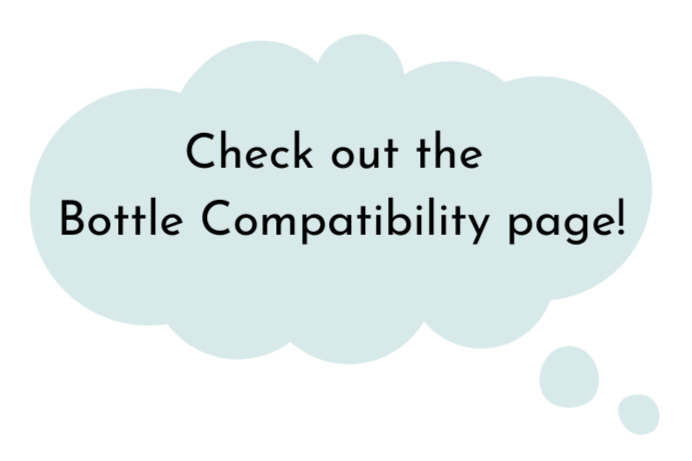Pacifiers and Bottle Nipple Shapes
Sucking is a biological need for babies. It releases calming, pain-relieving hormones—but those same hormones can also make babies sleepy and suppress hunger cues.
Pacifier and bottle use should be intentional during the newborn period, when latch and milk supply are still developing. A pacifier can help calm a baby too upset to latch, but using it to delay feeds may lead to underfeeding. Similarly, bottle feeding has its place for supplementation or rest, but frequent bottle use early on may interfere with breastfeeding and lead to flow preference (sometimes called “nipple confusion”).
Shape matters. Avoid pacifiers and nipples that are flattened, beveled, or wide at the tip and narrow at the base (like MAM, BIBS, Tommee Tippee). These shapes promote shallow latch mechanics and can worsen nipple pain. Despite branding, “breast-shaped” bottle nipples often lead to shallow latch due to wide bases or abrupt transitions.

